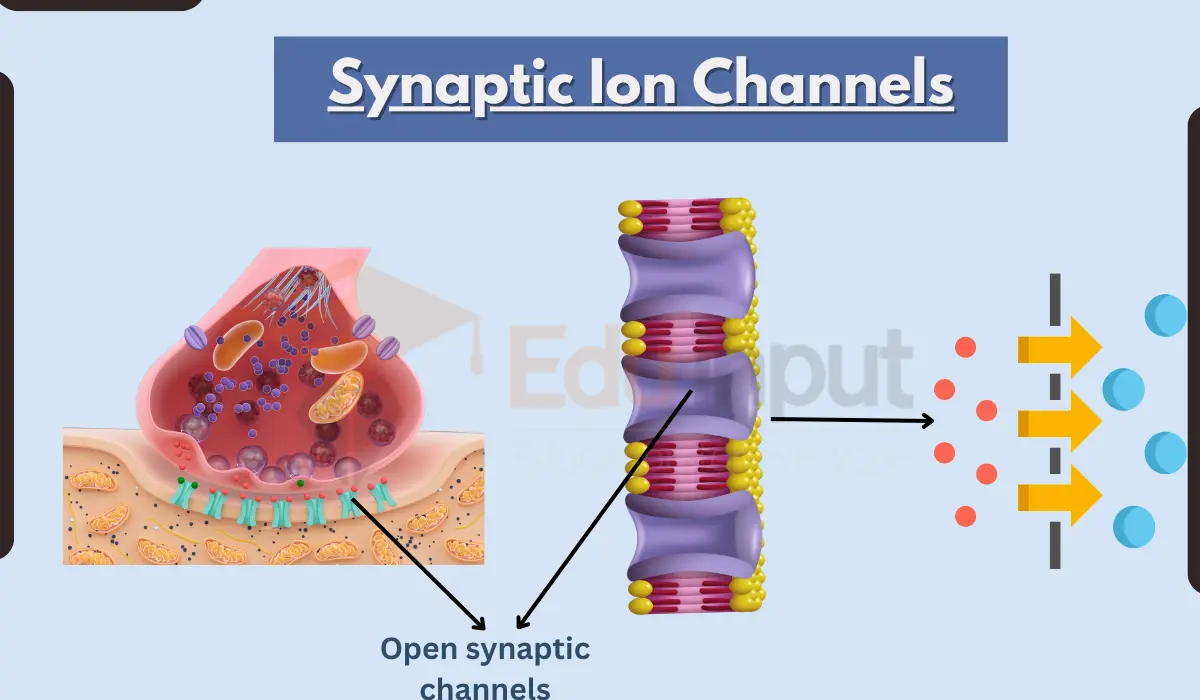What is Pituitary Gland (Hypophysis)? | Difference Between Adenohypophysis And Neurohypophysis
The pituitary gland is located at the base of the brain. It controls hormones that regulate growth, metabolism, reproduction, mood, sleep, sexual function, and other bodily functions.
The pituitary gland secretes hormones that control the release of hormones from the hypothalamus. These hormones travel through the bloodstream to target organs where they act to stimulate or inhibit the production of certain substances. The pituitary gland has two main functions:
(1) secrete hormones into the bloodstream
(2) produce and release growth hormones.
Lobes of Pituitary Gland (Hypophysis)
The pituitary gland is present below the hypothalamus. It has two main lobes called the anterior lobe and the posterior lobe. Each lobe consists of multiple lobules. Lobules are composed of cells that produce hormones or neurotransmitters.
(a) Adenohypophysis: (The anterior lobe)
(b) Neurohypophysis: (Posterior lobe)
(c) Intermediate lobe (pars intermedia): The pituitary gland of many vertebrates also has a functional intermediate lobe. But it is absent or nonfunctional in humans, birds, and cetaceans). It is mostly glandular tissue. It secretes melanophore-stimulating hormones in response to external stimuli. It induces changes in the coloration of the body surface of many animals.
Difference Between Adenohypophysis And Neurohypophysis
There are the following differences between these two lobes:
1. The adenohypophysis is larger than the neurohypophysis
2. Pituicytes are present in the adenohypophysis. Pituicytes are secretary cells. They are absent in neurohypophysis.
3. The neurohypophysis has a greater supply of nerve endings. Neurohypophyseal hormones (NH) are produced by the pituitary gland. They regulate the secretion of pituitary hormones from the anterior lobe of the pituitary gland. NH are also involved in regulating body temperature, blood pressure, heart rate, sleep cycles, hunger, thirst, and sexual behavior.
4. Pituicytes produce and secrete hormones directly from the adenohypophysis. But the neurohypophysis obtains its hormones from the neurosecretory cells in the hypothalamus. It stores these hormones. It releases them when they are needed.
There are modified hypothalamic nerve cells. These cells project their axons down in the infundibulum. The infundibulum has a stalk of nerve cells and blood vessels. Infundibulum opens into the pituitary gland. The infundibulum directly links the nervous and endocrine systems.

 written by
written by 




Leave a Reply